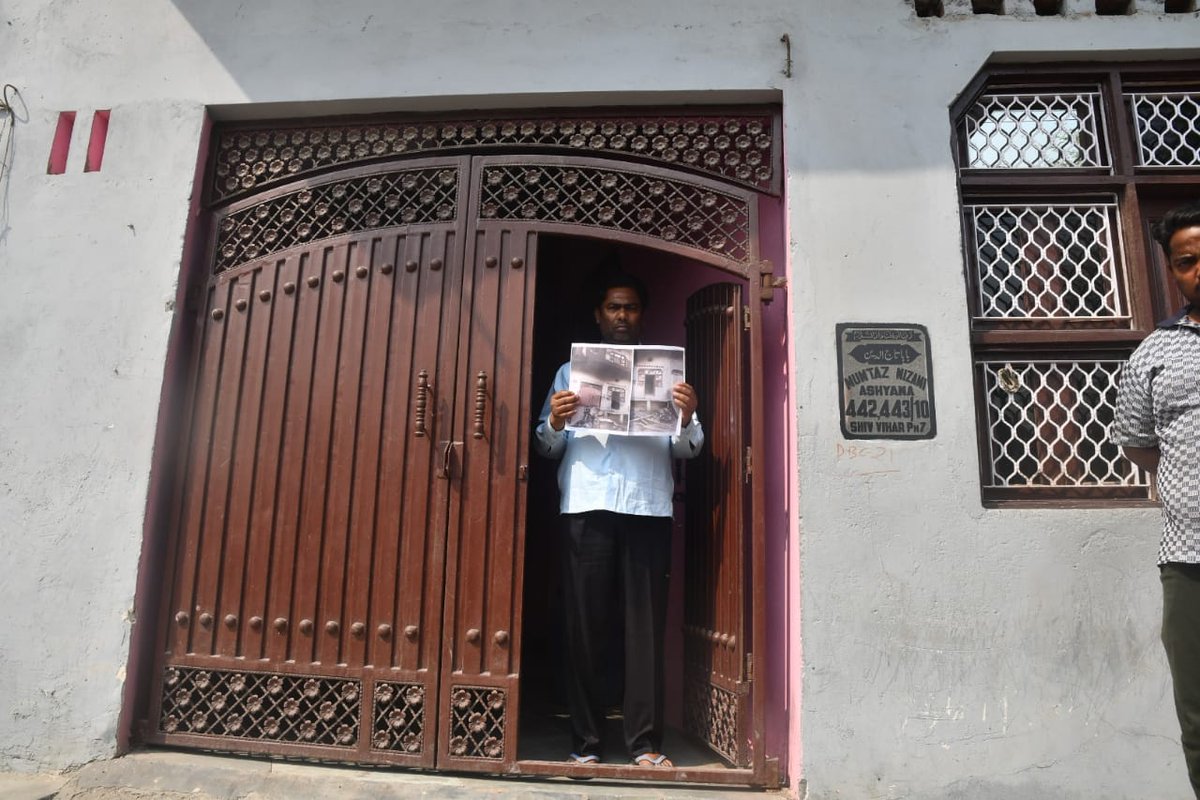Many organisations have cultural issues meaning they don’t prioritise accessibility. As a single designer, you can’t fix everything. But you always have the opportunity to make something more accessible than it otherwise would be if you don’t educate yourself or try at all.
2. About 40% of designers I speak to say “I don’t have a specific methodology I use”. In general, this is fine.
Except when it comes to research and problem framing. You don’t need a *single* approach or methodology, but you do need to be able to describe...
how you learn in a structured and reliable way.
You need to be able to describe how you frame a problem so the team can understand and get on board with it.
Design has to be a team sport when you’re working in multidisciplinary teams, and the problem needs to be shared.
NB: I include research here because lots of designers do it. But I rarely hear a researcher say “I don’t have a specific approach or methodology”.
Researchers work in a structured way to learn and communicate findings. There is a lot of good for designers to learn from here.
3. Many designers don’t understand the power of prototyping as a learning tool. Often they use a single tool for prototyping (e.g. Figma) and don’t have a grasp of how different approaches (paper, interactive, wizard of oz, code etc) allow them to learn...
different types of insight at different stages of the design process.
Often I think this is because the prototypes are really for stakeholders and developers, and aren’t used for research. Sometimes this is about the culture people are being forced to work in...
and organisations supposedly doing agile need to do a hell of a lot better here. Building things in small chunks is NOT the same as test and learn.
But for designers: test and learn needs to start before something reaches production build. Otherwise you expose users to...
unnecessarily poor experiences at scale, and you learn from your mistakes at their detriment.
4. Quite a few service designers I speak to still struggle to articulate their practice outside of the research and documentation (e.g. maps) they produce.
Strategy, service prototyping, and touchpoint design/direction are all things I want to see and hear more of...
Again, these limitations can be about the poor orgs/culture designers work in.
But as an industry I think we need to do more to move service design out of discovery mode (all research and theory) and into real implementation where the biggest impact of good design can be felt.
5. Less researchers than I would like are thinking about how to make their research inclusive. They understand they need to research with a variety of people, but this often doesn’t extend to factors like race, disability, LGBTQIA, tech confidence etc...
These groups represent different expectations, needs and experiences. Speaking to white folks based on age, binary gender and profession will give you a limited view of the people actually interacting with your product or service. This is especially critical in the public sector.
If you see yourself in this list, it’s ok. There was a time I didn’t know or care about these things either. As an industry we don’t teach these things, and many organisations don’t prioritise them.
But it’s worth learning about these approaches and practices. You won’t always get the opportunity to use them, but you’ll never get the opportunity to move your practice forward if you don’t learn that this thinking is out there.
If you have recommendations for good learning resources for some of the issues I have listed above post them below for folks coming to this thread!


































